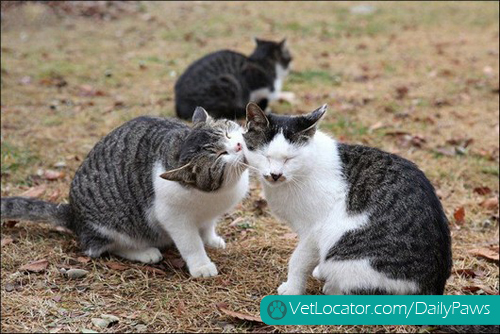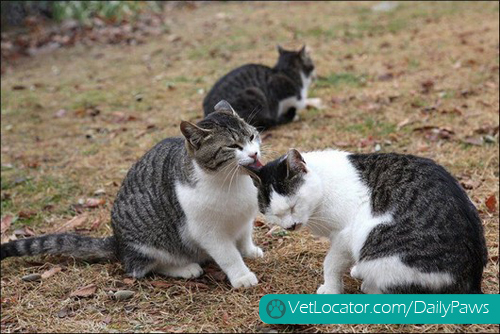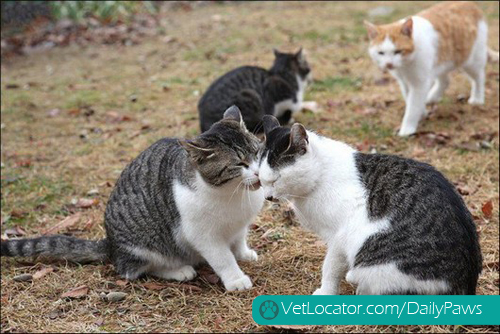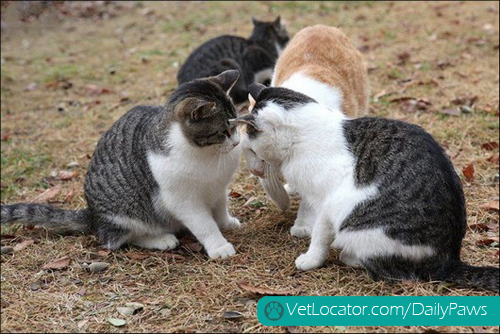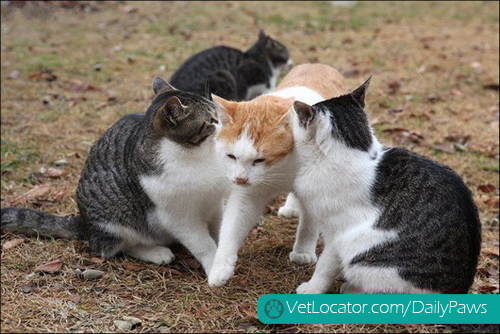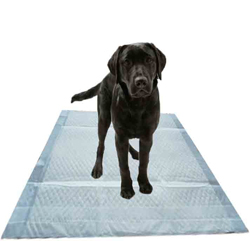Because pet training is often thought of as being difficult and time-consuming to anyone who is new, many beginners will have a tendency to lose their focus when it comes to their pet training efforts. This happens quite often as there are all sorts of things to that must be considered, such as your hand movements when you train your pet, how loud your voice should be, whether or not to use a rough voice, trying not to get frustrated, how many treats to feed, which collars to use, what type of leashes to buy, and a ton of other tools just to get the job done. However, one tool that is often overlooked could easily be worth its weight in gold to the beginning pet trainer. The tool I speak of is the use of video.
There are two main ways that you can use video as a training tool for your pets. The first option is to buy videos of professional trainers working with dogs. This allows you to see and hear the exact steps that are being taken to train the dogs. Better videos will show you the entire training sessions. Do not settle for one that shows you a dog being all aggressive then cuts to another scene a week later where the dog is calm. You cannot verify what happened during that week.
In many cases, you should see some, if not noticeable results within 15-20 minutes of training depending on the lesson and dog. Better training videos will also show a variety of dogs being trained, and will show them in real-life situations. After all, what good is training your pet if the training does not work during your normal lifestyle?
The second method you can use video for is tracking your pet’s successes or failures. If you own a video camera, which many people do these days, consider video taping your sessions. This will also let you know if you are performing the training techniques as you should as well. There is no better way to scrutinize your methods than to watch yourself in a replay.
Keeping a video log of your pet’s training will make it easier for you to refer to training sessions at a later date, keep a record of progress, and maintain documentation of any mistakes. By using video as a training source you can learn how to train your pet better, faster, and more effectively.

